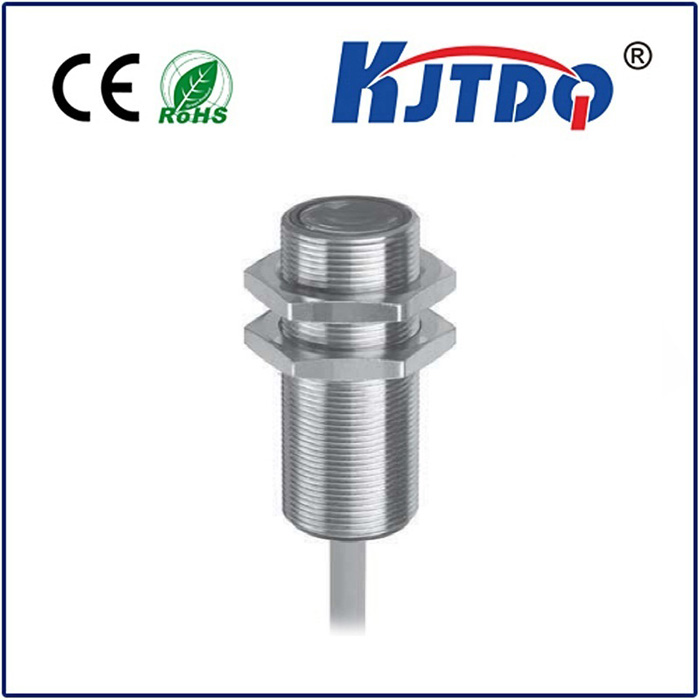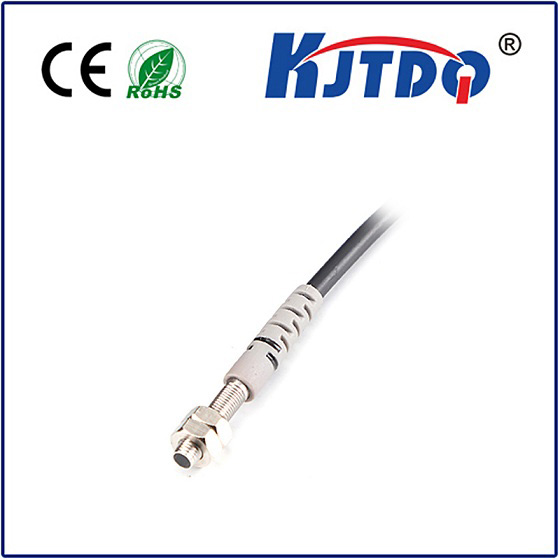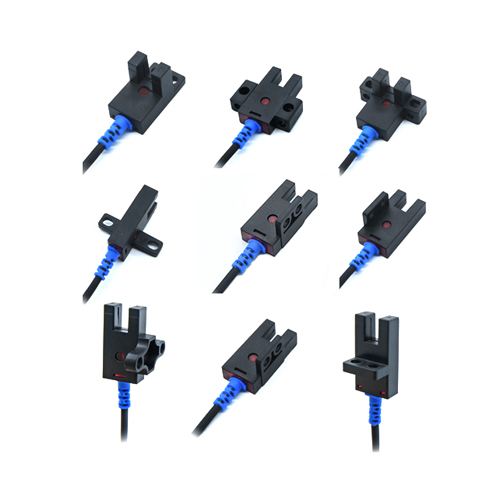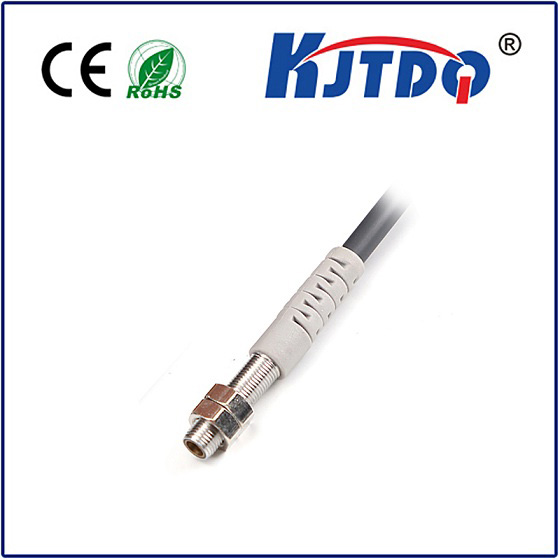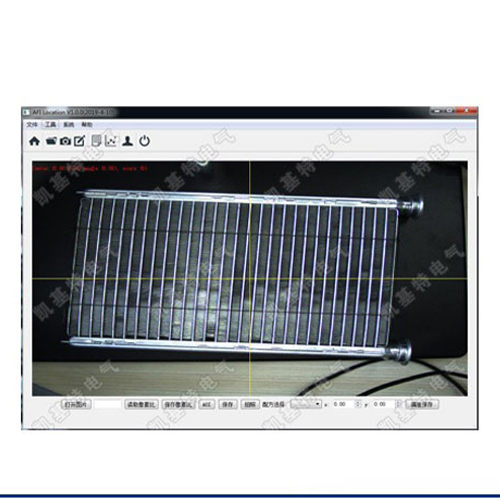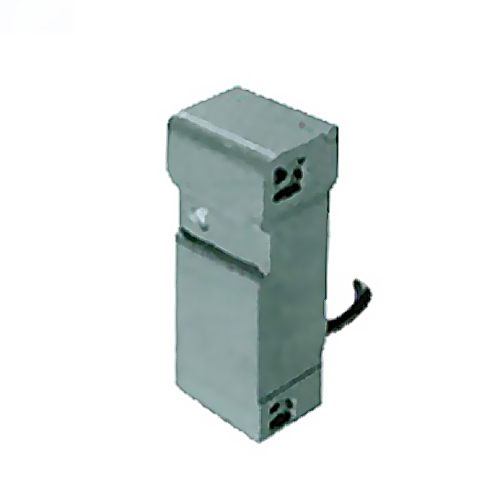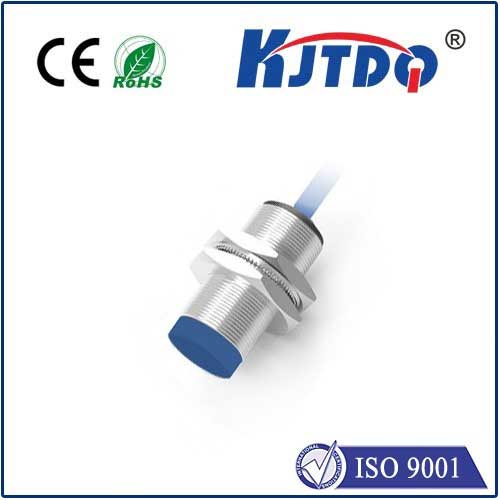high pressure proximity sensor
- time:2025-09-09 05:16:58
- Click:0
High Pressure Proximity Sensors: Mastering Detection Where Environments Intensify
Imagine a critical piece of equipment operating unseen deep beneath the ocean, within a hydraulic press exerting immense force, or in the heart of a high-pressure chemical reactor. Failure isn’t an option, yet monitoring conditions demands technology resilient enough to withstand crushing pressures without flinching. Enter the high pressure proximity sensor, an engineering marvel designed to perform flawlessly where standard sensors simply cannot, becoming the unseen guardian in the harshest environments. These specialized devices provide vital non-contact detection precisely where pressure boundaries are pushed to the limit, ensuring safety, process integrity, and operational continuity.
Why Standard Proximity Sensors Falter Under Pressure
Standard proximity sensors, commonly inductive, capacitive, or photoelectric, excel in countless industrial applications. However, their housings, seals, and internal components often lack the robust engineering required to resist extreme external pressure. When subjected to environments exceeding several hundred PSI (Pounds per Square Inch) or even diving into the thousands found in deep-sea applications or high-pressure hydraulics, a standard sensor risks:

- Housing Collapse or Deformation: The sensor body physically buckles under the immense force.
- Seal Failure: Critical seals preventing media ingress (water, oil, chemicals) rupture, leading to internal damage or catastrophic failure.
- Internal Component Stress: Delicate electronics or sensing elements malfunction under sustained pressure.
- Signal Inaccuracy: Pressure can physically alter the sensing field or component alignment, leading to unreliable readings.
This vulnerability necessitates a sensor built from the ground up to defy these forces.
The Core of Resilience: Engineering for the Extreme
High pressure proximity sensors overcome these challenges through deliberate and robust design:
- Pressure-Resistant Housings: Constructed from high-strength materials like specialized stainless steels (e.g., 17-4PH, 316L) or advanced engineering polymers (like PEEK – Polyether Ether Ketone). These materials offer exceptional yield strength to prevent deformation.
- Unique Hermetic Sealing: Far beyond standard O-rings, these sensors employ advanced sealing techniques like welded metal-to-metal seals or glass-to-metal feedthroughs. This creates a hermetically sealed environment for the sensitive internal electronics, completely isolating them from the external high-pressure medium.
- Pressure-Equalization Features (Sometimes): In certain deep-submergence applications, sensors might incorporate oil-filled chambers or pressure-balanced diaphragms that allow external pressure to act equally on both sides of a membrane, preventing collapse without compromising the seal integrity for the electronics.
- High-Strength Sensing Faces: The active sensing surface itself is reinforced to withstand direct pressure and potential impacts common in demanding industrial settings.
Where High Pressure Proximity Sensors Prove Indispensable
Their unique capabilities make them critical in diverse sectors:
- Subsea & Offshore: Monitoring valve positions, blowout preventer (BOP) status, riser tension, and equipment positioning on remotely operated vehicles (ROVs) and autonomous underwater vehicles (AUVs) operating at depths where pressures reach hundreds or thousands of PSI. Reliability here is paramount for environmental protection and operational safety.
- Hydraulic Systems: Detecting cylinder end-of-stroke positions, verifying valve states, or confirming component presence within high-pressure hydraulic power units (HPUs), presses, and injection molding machines. They withstand the constant high-pressure fluid environment.
- Oil & Gas (Downhole & Surface): Used in downhole tools for formation evaluation, valve actuation verification, and equipment positioning within high-pressure wellbores. Also critical on the surface in high-pressure manifolds and processing equipment.
- High-Pressure Processing (HPP): Food and beverage industries use massive pressures (up to 87,000 PSI / 6,000 bar) for non-thermal pasteurization. Sensors monitor vessel door interlocks, ram positions, and component status within these extreme vessels.
- Industrial Automation (Harsh Pressures): Verifying component presence or position within high-pressure test chambers, chemical reactors, autoclaves, and specialized manufacturing equipment where internal pressures exceed typical factory floor levels.
- Power Generation: Monitoring critical valves and components within high-pressure steam lines in thermal power plants.
Key Advantages: Beyond Just Surviving the Squeeze
- Non-Contact Operation: Eliminates wear and tear associated with mechanical switches, providing longer service life and maintenance-free operation in inaccessible locations.
- Reliability in Critical Conditions: Engineered to deliver consistent, accurate detection signals despite the punishing external environment. This reliability is often the linchpin for system safety. A sensor failing here could lead to undetected unsafe states.
- Robustness: Resistant to vibration, shock, temperature extremes (often specified alongside pressure ratings), and aggressive media (depending on material selection).
- Continuous Monitoring: Provides real-time feedback on position or presence, enabling precise process control and automation even under pressure.
- Safety Enhancement: By reliably detecting critical states (e.g., valve closed, door sealed, component in place), they form a vital part of safety interlock systems, preventing dangerous operations under high pressure.
Choosing the Right High Pressure Proximity Sensor
Selecting the optimal sensor requires careful consideration:
- Required Pressure Rating: This is paramount. Know the maximum static and dynamic pressure the sensor will face. Always include a significant safety margin. Ratings are typically given in PSI, bar, or MPa. Deep-sea applications might require ratings exceeding 10,000 PSI (690 bar).
- Media Compatibility: What fluid or gas is the sensor exposed to? Ensure housing material (e.g., 316L stainless vs. Titanium) and seal compatibility resist corrosion or chemical attack.
- Sensing Technology: Inductive (for detecting metals) remains popular due to robustness. Capacitive might be used for non-metallic targets depending on the dielectric constant of the pressurized medium. Understand the target material and required sensing distance.
- Electrical Output: Does your control system require a simple PNP/NPN switch, a Namur output, or an analog signal?
- Temperature Range: High-pressure environments often coincide with elevated temperatures. Ensure the sensor’s operating temperature range suits the application.
- Mounting & Size: Physical constraints within the high-pressure zone dictate the sensor’s form factor and mounting style (threaded, flanged).
- Certifications: Are specific industry certifications required (e.g., ATEX/IECEx for hazardous areas, marine certifications like DNV-GL)? Ensure the sensor meets these critical standards.
The Future: Pushing Boundaries Further
As industries delve deeper, build more powerful machinery, and demand greater efficiency and safety, the requirements for high pressure proximity sensors will only intensify. Advancements focus on:
- Higher Pressure & Temperature Ratings: Developing materials and sealing technologies for even more extreme conditions.
- Miniaturization: Creating smaller, more compact sensors to fit into tighter spaces within complex high-pressure assemblies.
- Enhanced Signal Processing & Diagnostics: Integrating smarter electronics for self-monitoring, fault prediction, and more sophisticated outputs.
*






